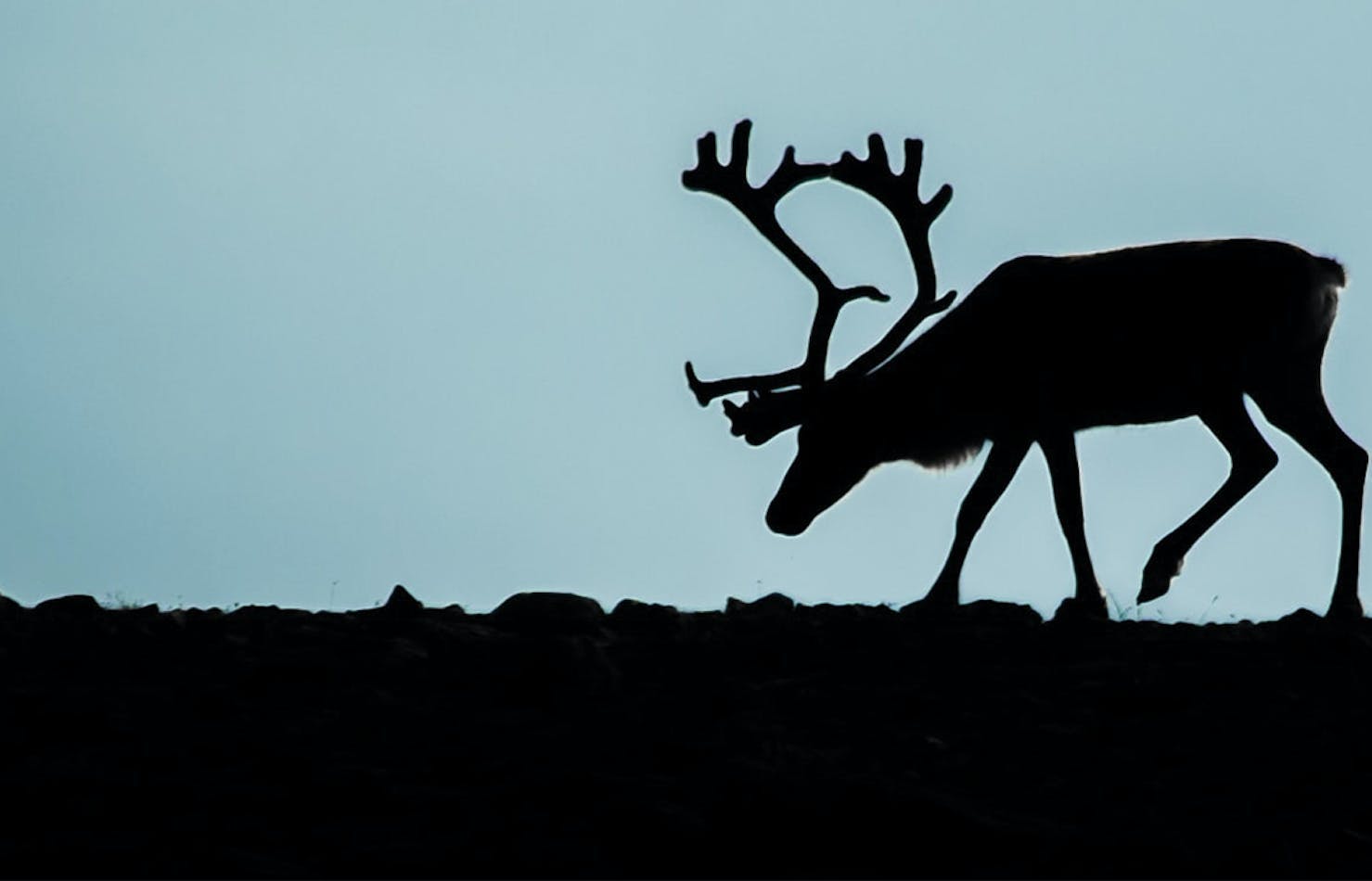
Calibre and Cartridge Selection
This blog post is designed to be read and used as supplemental to the Silvercore Podcast Ep. 54 which covers ballistics, calibre and cartridges for new hunters.
Paul Ballard and I spent some time exploring ways we could get the information across in a simple format. Realizing that everyone learns differently we felt that doing this podcast as well as supplying written content and visuals would likely be best.
The topic of ballistics is one that every hunter seems to have an opinion on and one where it can sometimes be difficult to separate fact from fiction. There is no substation for proper shot placement as Silvercore Podcast ep. 20 points out when Marshall Lowen recounts an indigenous woman who would successfully hunt moose with a .22. There are however local regulations that may specify minimum calibre and cartridge restrictions as well as ethical harvesting decisions should the animal not present for an optimal shot.
As discussed in the podcast, an animal will tend to expire after being shot in one of two ways. 1- A central nervous system shot which immediately interrupts the CNS through a brain or spine shot
Examples of a CNS shot from Ammunitiontogo.com
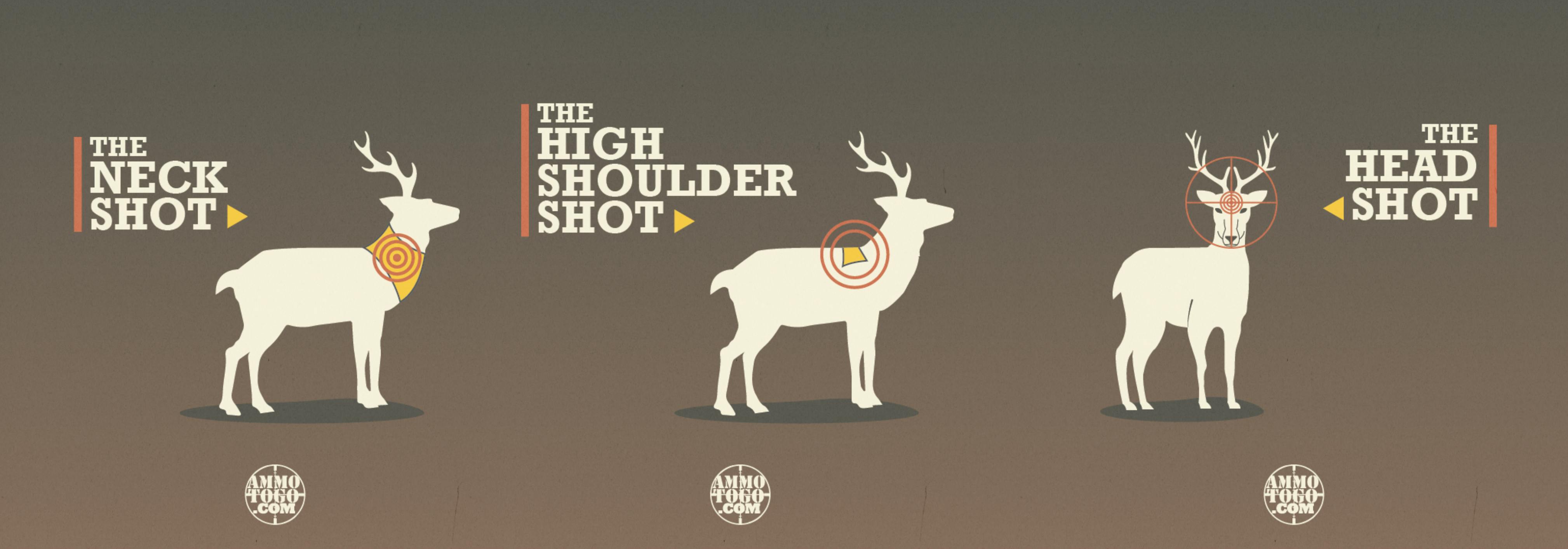
While a CNS shot makes for a fast and humane harvest, it also represents a much smaller target and can results in a miss or worse, injured animals if not executed perfectly. These shots are not generally favoured amongst most ethical hunters given the possibility of a poor shot.
2- The second way an animal will die is through a lack of oxygen to the brain by interrupting the cardiovascular system, heart, lungs, or massive bleeding.
Examples of this type of a shot from Ammunitiontogo.com

To humanely harvest an animal, it is important to select properly constructed ammunition that will have enough mass and energy to do the job. You don’t want to simply wound an animal or be unable to retrieve it due to the length of time it takes for the animal to expire.
To understand your cartridge selection, you will need to know calibre, bullet type, bullet weight, cartridge type and energy.
You calibre is measured in mm or in fractions of an inch. A .30 calibre bullet measure .30 of an inch in diameter and can also be referenced in metric as 7.62 mm. This is an simple concept and the larger the number the larger in diameter a bullet is. ie., a .50 calibre bullet, which is 1/2 an inch, is larger in diameter than a .22 bullet.
At the time of writing this, in British Columbia where I live, the following chart is being used to show the minimum calibre and type of ammunition that is legally required to be used.
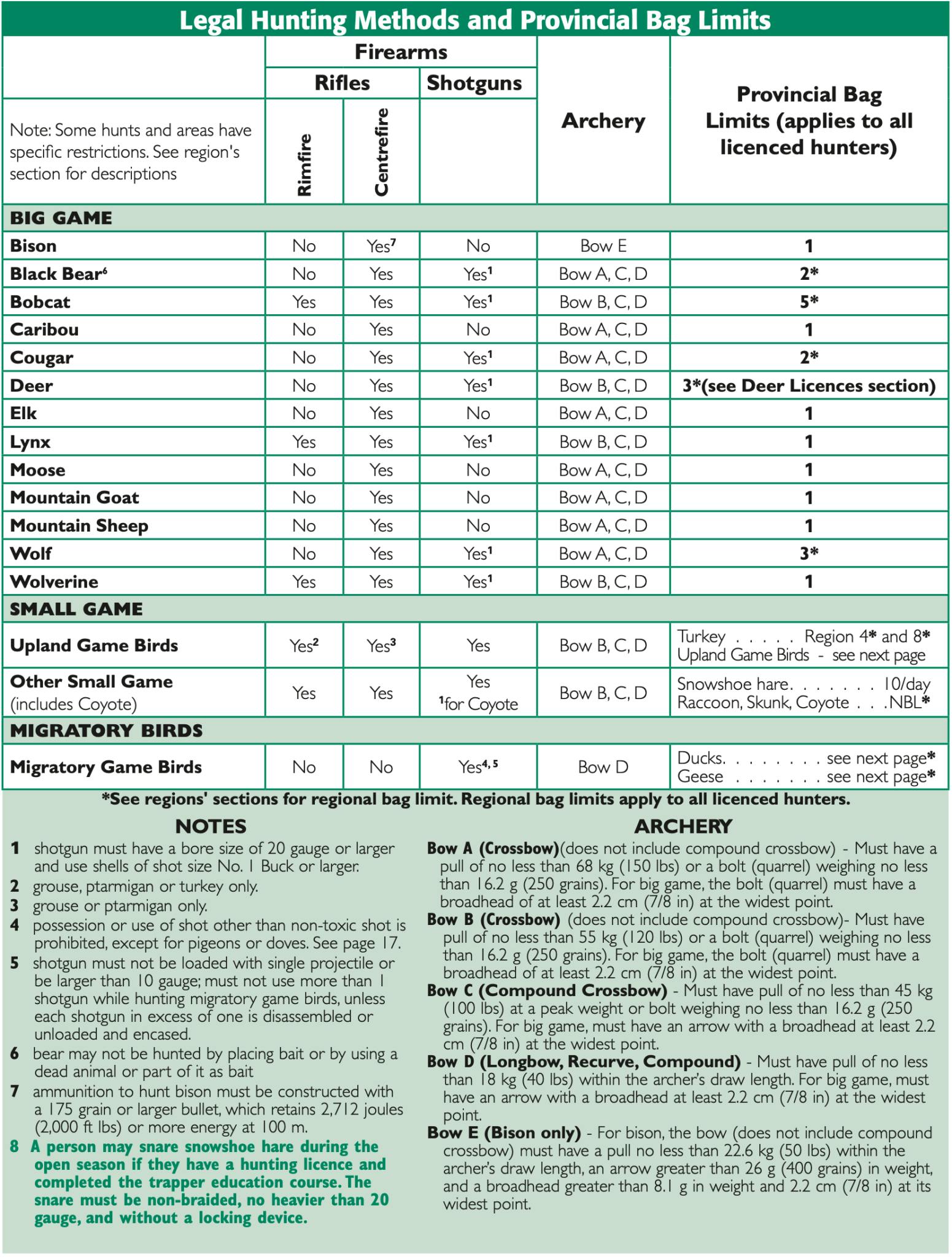
In BC it is unlawful to hunt or trap with a rifle using a full metal jacketed non expanding bullet, or a tracer, incendiary or explosive bullet. Knowing this, it is important to understand that whatever cartridge or calibre you decide to use, the bullet needs to be specifically designed to expand.
Expanding ammunition is required to be used, so this means that full metal jacket ammo is not permitted.
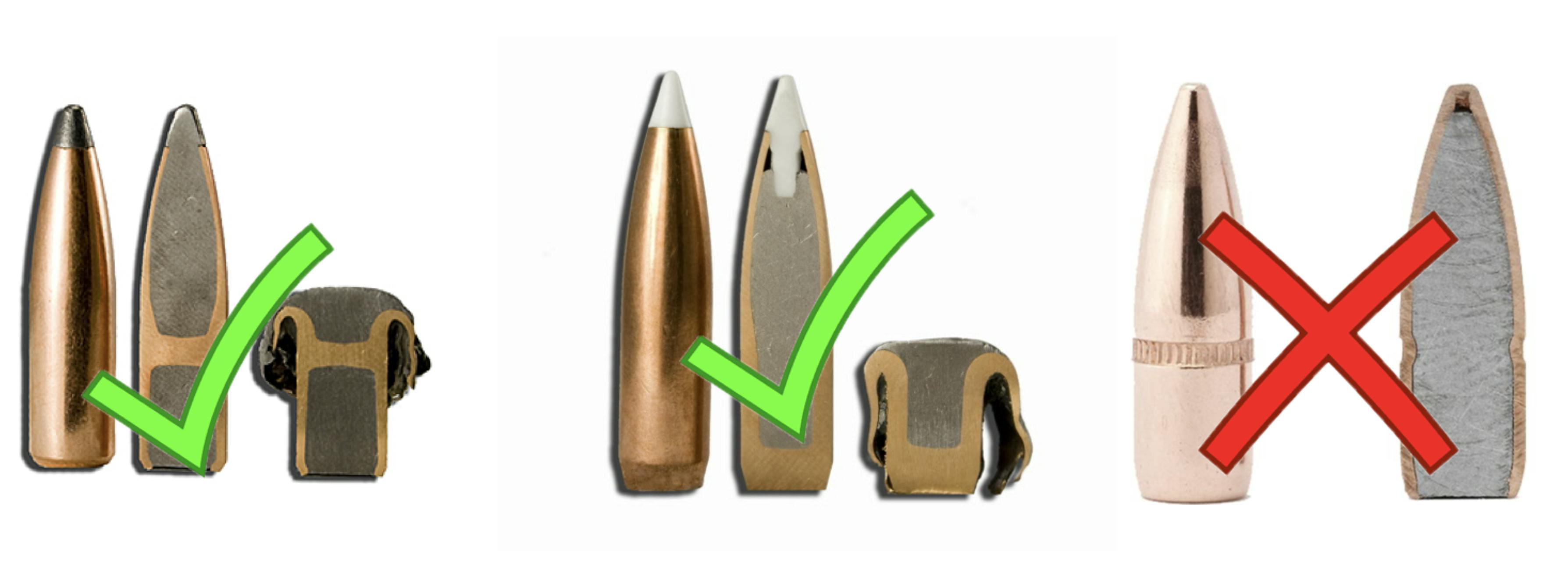
Your bullets will come in different weight, and that weight is measured in grains. The term grains is sometimes confusing as gunpowder is also measured in grains and some people mistakenly believe that this refers to each individual grain of powder. I grain is squeal to .065 grams or 1/7000 pound avoirdupois.
The heavier your bullet in grains, the more it will penetrate and the more damage it will generally due to an animal. This is why in the chart above, to hunt bison in BC you will need a 175 grain or larger bullet. With this information, you can then start making your ammunition selection based on what you read on the side of the box. In the image below, we can see that we have a 300 win mag cartridge with a 180 grain expanding bullet.
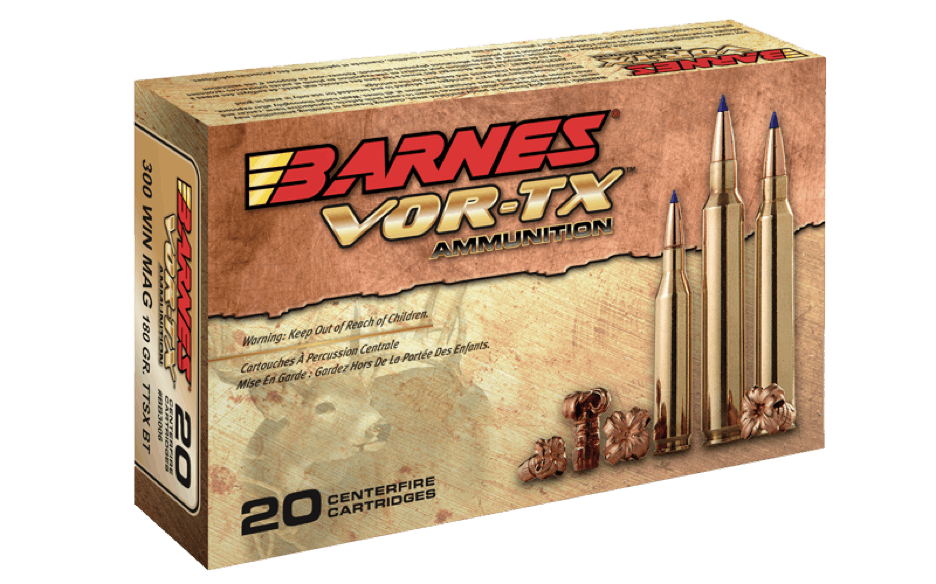
Finally, the amount of energy a bullet will have will be determined by both the weight of the bullet as well as the speed that it is being fired at. This is why in the bison example in the chart above, it calls for both a 175 grain or larger bullet as well as 2000 ft lbs of energy at 100 meters. I think anyone can appreciate that throwing that bullet by hand at an animal may annoy it, but it won’t have any penetrating capabilities. The faster the bullet travels the more damage it will do.
Speed is a very important factor here. If you double the weight of a bullet, you will double the amount of energy that projectile imparts, but if you double the speed you square the amount of energy. This is why some people will opt for a lighter bullet but faster speed for greater penetration.
Your cartridge construction will allow for more or less powder depending on volume which in turn will provide greater or lesser speed. An extreme example of this is the two, .50 calibre cartridges below. One is a pistol cartridge and one is a rifle cartridge but they both fire .50 calibre bullets. Clearly, the rifle cartridge has a much heavier bullet (longer) and can hold a great deal more powder.

Glossary of terms referred to in the podcast courtesy of saami.org
Ballistic Coefficient
An index of the manner in which a particular projectile decelerates in free flight expressed mathematically as: c = w/id2 where: c = ballistic coefficient, w = mass, in pounds, i = coefficient of form (a.k.a. form factor), d = bullet diameter, in inches. Represents the bullet’s ability to overcome the air resistance in flight.
In the most simple terms, the ballistic coefficient represents a bullets ability to fly the the air. The higher the ballistic coefficient (or BC), the more aerodynamic the bullet is and the more accurate it can be at long range.
Boat-Tail Bullet
A specific design of bullet having a tapered or truncated conical base.
Cannelure
1. A circumferential groove generally of corrugated appearance cut or impressed into a bullet or cartridge case.
Also Known As: Grooves, Lube Groove
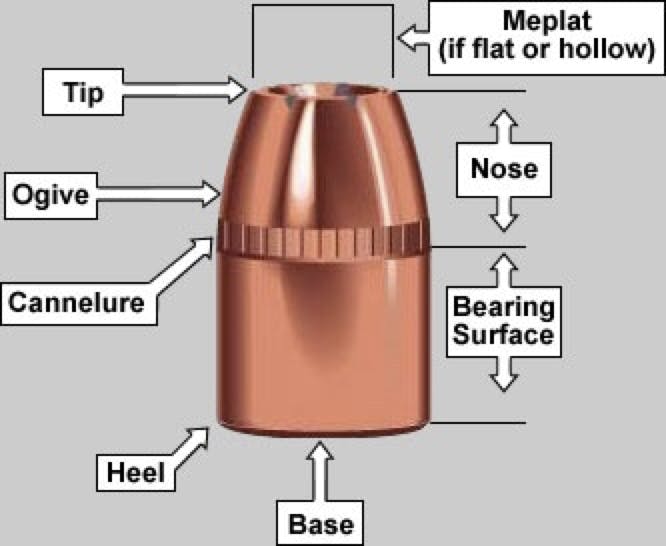
Dumdum Bullet
An obsolete term referring to an expanding bullet manufactured at the British Arsenal in Dumdum, India around 1900.
Exterior Ballistics
The branch of Applied Mechanics related to the motion of a projectile from the muzzle of a firearm to the target.
Full Metal Jacket Bullet
A projectile in which the bullet jacket encloses most of the core with the exception of the base. Also called Full-Jacketed, Full Patch, Full Metal Case.
Also Known As: Full Metal Jacket, Full Jacketed Projectile, Metal Cased Bullet, Metal Patched Bullet
Grain
1. A unit of weight (avoirdupois), 7000 grains per pound. The grain unit is commonly used in American and English ammunition practice to measure the weight of components. 2. A term sometimes applied to a single particle of propellant powder. More properly called a kernel or granule.
Interior Ballistics
The science of ballistics focusing on all thermochemical and physical events from primer ignition through projectile exit from the muzzle.
Meplat
A term for the blunt tip of a bullet, specifically the tip’s diameter.
Mushrooming
The act of expansion of a bullet upon impact with a target.
Ogive
The curved portion of a bullet forward of the bearing surface.
Partition Bullet
A bullet designed for controlled expansion having a jacket which is divided into two cavities which enclose the forward and rear cores of the bullet. It is designed so the first cavity expands and the rear cavity holds together for penetration.
Sectional Density
The ratio of bullet weight to its diameter.
Spitzer Projectile
A pointed projectile characterized by a long tangent or slightly secant ogive.
Also Known As: Spitzer Bullet
Terminal Ballistics
The branch of ballistics related to the effects of projectiles at or inside the target.
If you have thoughts, questions or suggestions, email [email protected].


